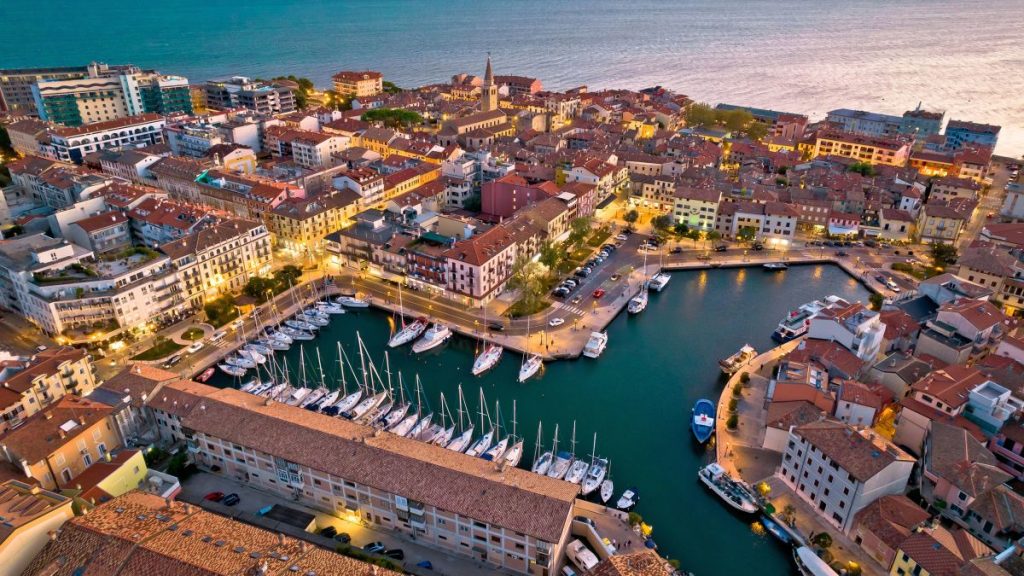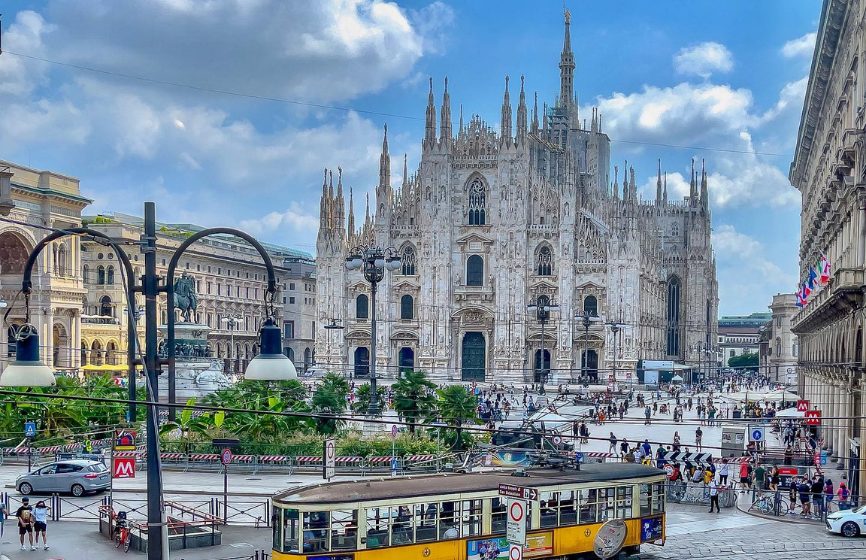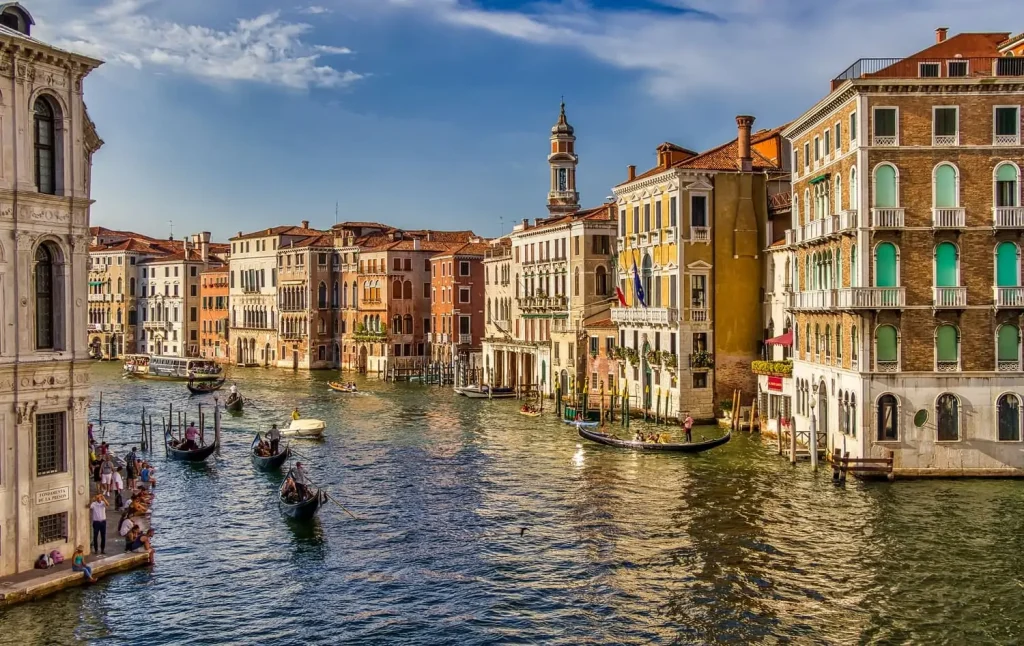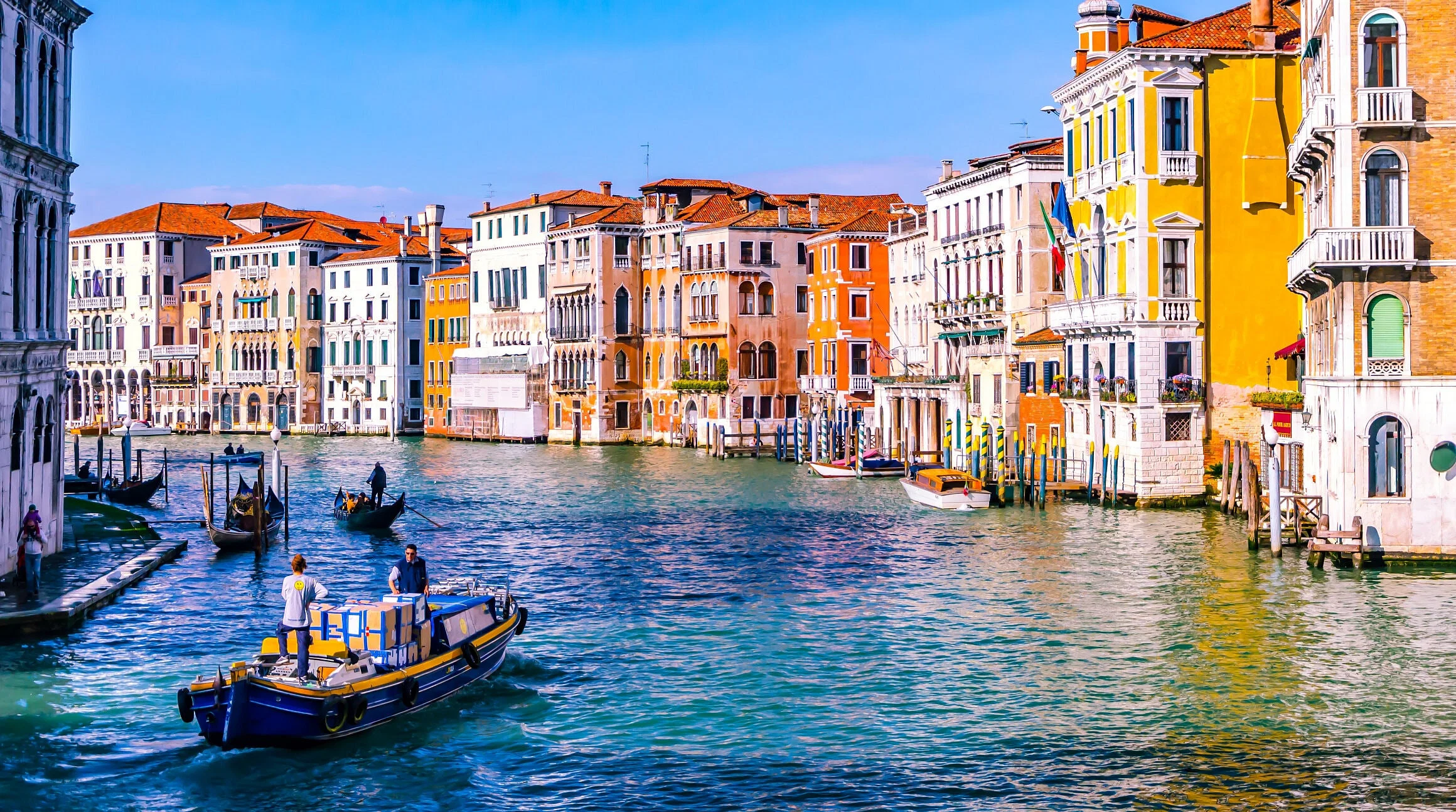If you’re considering moving to Italy for education, work, or personal reasons, this comprehensive guide is just what you need. Italy, with its temperate climate, welcoming people, rich historical heritage, and cultural diversity, can be an incredibly appealing country to live in. This article will provide you with an in-depth look at what it’s like to live in Italy, including the advantages, costs, how to obtain a residence permit, and general living conditions.
Overview of Life in Italy

Italy is home to numerous historical and cultural treasures, many of which are recognized as UNESCO World Heritage sites. As one of the leading countries in the European Union, Italy offers an attractive environment for residents, with its high social standards, healthcare quality, and robust education system. Italy ranks highly on the Human Development Index (HDI), highlighting its commitment to enhancing quality of life for its residents through accessible social services, healthcare, and education.
Why Choose Italy?
Living in Italy offers a unique combination of history, culture, and modern amenities. Here are some of the key reasons why many people are attracted to Italy:
1. Culture and History
Italy is world-renowned for its rich history, stretching from the Roman Empire to the Renaissance. The country is filled with breathtaking historical cities and architectural landmarks, offering an extraordinary quality of life steeped in art and culture. From the ruins of Rome to the canals of Venice, there is no shortage of historic treasures to explore.
2. Quality of Life
Italy boasts one of the best healthcare systems in Europe, with high average life expectancy and quality of social services. The country’s healthcare is largely accessible and of high quality, ensuring that residents receive comprehensive medical care. Italy also offers a well-regarded education system, making it ideal for families.
3. Economic Opportunities
Italy has one of the most diversified economies in Europe, with significant opportunities in sectors such as fashion, design, automotive, tourism, and agriculture. Milan is a global hub for fashion and finance, while other cities like Turin and Bologna are known for their manufacturing and technological industries.
4. Cultural Diversity
Every city in Italy has its own unique character and cultural flavor. From the sophisticated, fast-paced lifestyle of Milan in the north to the more relaxed and traditional ways of life in southern cities like Naples, Italy offers a rich tapestry of regional differences in cuisine, architecture, and customs.
Requirements for Living in Italy
If you are planning to live in Italy, there are certain procedures and documentation you must complete, including obtaining a work visa and residence permit. The process can be complex, but understanding the requirements can make it more manageable.
How to Obtain a Residence Permit and Work Visa
- Work Visa: To work in Italy, you first need to secure a job offer from an Italian employer who will sponsor your work visa application. The majority of the work visa application process is handled by the employer.
- Residence Permit: Once your work visa is approved and you arrive in Italy, you must apply for a residence permit (“permesso di soggiorno”). This permit allows you to reside in Italy legally. You need to apply for it within eight days of entering Italy.
Documents Required for Residence Permit
- A valid passport
- A signed housing contract in Italy
- Proof of financial stability (evidence that you can finance your stay in Italy)
- In some cases, documentation supporting your qualifications or resume
If you are moving to Italy for educational purposes, you must apply for a student visa and residence permit through different channels.
Cost of Living in Italy
The cost of living in Italy varies significantly depending on the city you choose to live in and your personal lifestyle preferences. Cities like Rome, Milan, and Venice tend to be more expensive, while smaller cities and rural areas are generally more affordable.
Accommodation and Rent in Major Cities
Here is a breakdown of typical rental costs in major Italian cities:
Rome

- Studio apartment in the city center: €980 per month
- Larger apartment: €1,524 per month
Milan

- Studio apartment in the city center: €1,129 per month
- Larger apartment: €1,800 per month
Venice

- Studio apartment in the city center: €819 per month
- Medium-sized apartment: €931 per month
Rental costs are influenced by factors like the city’s popularity, proximity to the city center, and the amenities offered. Northern cities such as Milan and Venice are generally more expensive than southern areas.
Average Living Expenses
The average living costs, excluding rent, are as follows:
- Rome: €817 per month for a single person; €2,861 per month for a family of four
- Milan: €830 per month for a single person; €2,955 per month for a family of four
- Florence: €798 per month for a single person; €2,861 per month for a family of four
Grocery Costs
Below is a table summarizing the average grocery prices in Italy:
| Product | Average Price (€) |
|---|---|
| Milk (1 liter) | 1.10 |
| Bread (loaf) | 1.50 |
| Rice (1 kg) | 1.90 |
| Eggs (12) | 2.80 |
| Cheese (1 kg) | 12.20 |
| Chicken (1 kg) | 8.30 |
| Beef (1 kg) | 14.60 |
| Water (1.5 liters) | 0.40 |
| Potatoes (1 kg) | 1.20 |
| Onions (1 kg) | 1.30 |
Grocery prices may vary depending on where you shop. Larger supermarket chains often provide better deals, while boutique and local stores might be more expensive.
Pros and Cons of Living in Italy
Advantages
- Cultural Richness: Italy is a treasure trove of history and culture, making it an ideal place for those who love art, history, and architecture.
- Food and Cuisine: Italian cuisine is renowned worldwide. Whether it’s authentic pasta, pizza, or artisanal cheeses, Italy’s culinary scene is diverse and vibrant. Shopping in local markets for fresh produce and ingredients is also an enjoyable experience for food lovers.
- Social Life: Italians are known for their hospitality and sociable nature, which makes adapting to life in Italy easier and more enjoyable.
Disadvantages
- High Cost of Living in Major Cities: Living in big cities such as Rome or Milan can be expensive, especially in terms of rent and other living expenses.
- Bureaucratic Procedures: Obtaining visas, residence permits, and navigating other official procedures can be time-consuming and complex.
Tips for Living in Italy
- Learn the Language: Learning Italian will make it easier to communicate with locals, access services, and integrate into the community. It also increases your chances of finding a good job.
- Budget Planning: Be aware that living costs vary widely depending on where you live. Plan your budget accordingly, especially for essentials like accommodation and groceries.
- Use Public Transportation: Public transportation is extensive and efficient in major Italian cities. Instead of driving, using buses, trains, or the metro is often more economical and less stressful.
Conclusion
Italy offers a unique blend of historical richness, cultural depth, and modern conveniences that make it a wonderful country to live in. However, it’s important to consider factors like the cost of living and bureaucratic challenges when planning your move. With proper planning and a bit of adaptation, you can enjoy an unforgettable experience living in Italy, filled with rich culture, delicious cuisine, and beautiful landscapes.
Call to Action
If you’re considering moving to Italy, start by researching the specific city that best suits your lifestyle and needs. Be sure to look into visa requirements and consider taking an Italian language course to help ease your transition. For more detailed information on Italian visas and tips for expats, check out our related articles: “Navigating the Italian Visa Process” and “Top Cities for Expats in Italy”.

